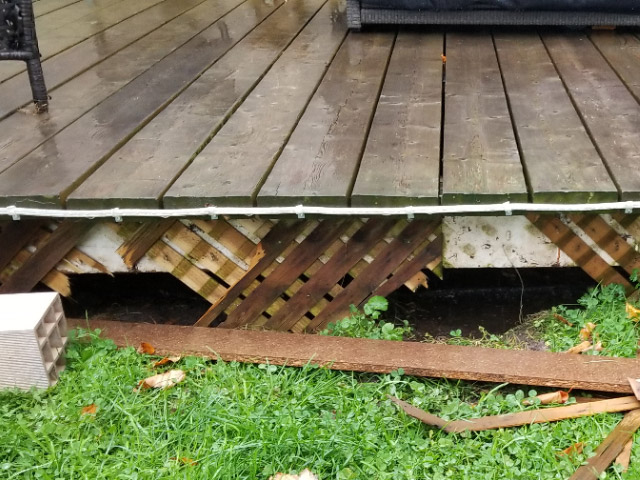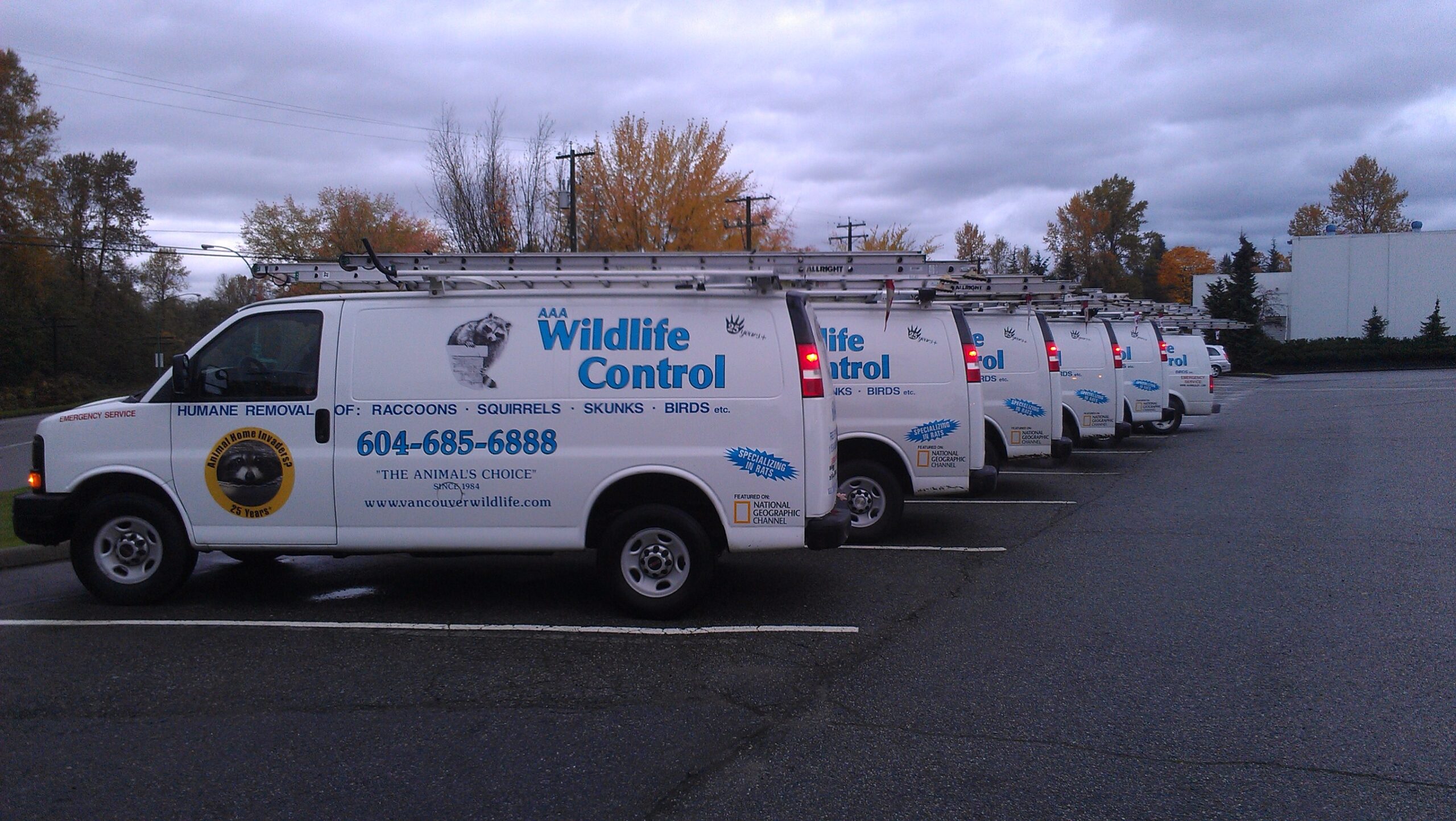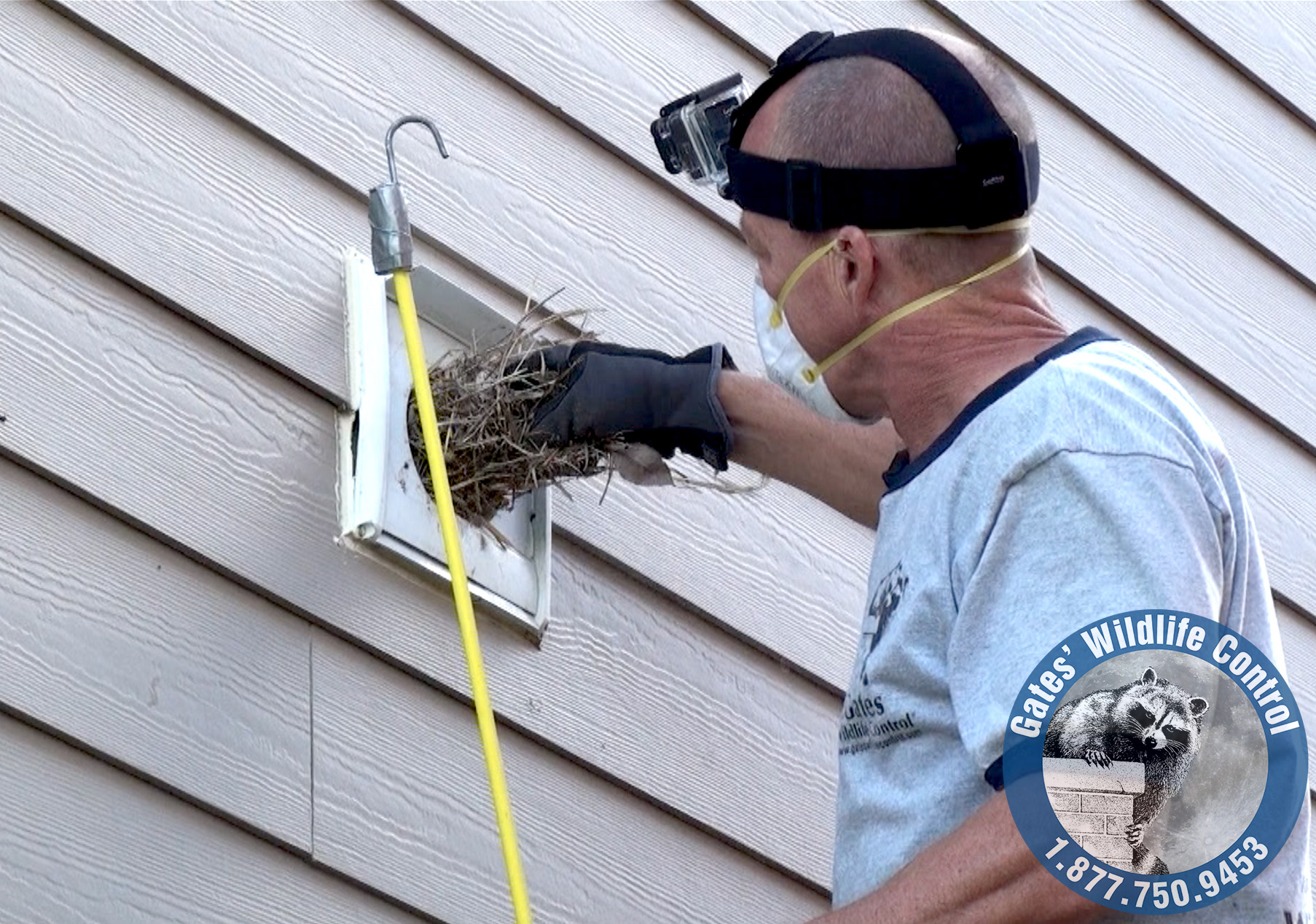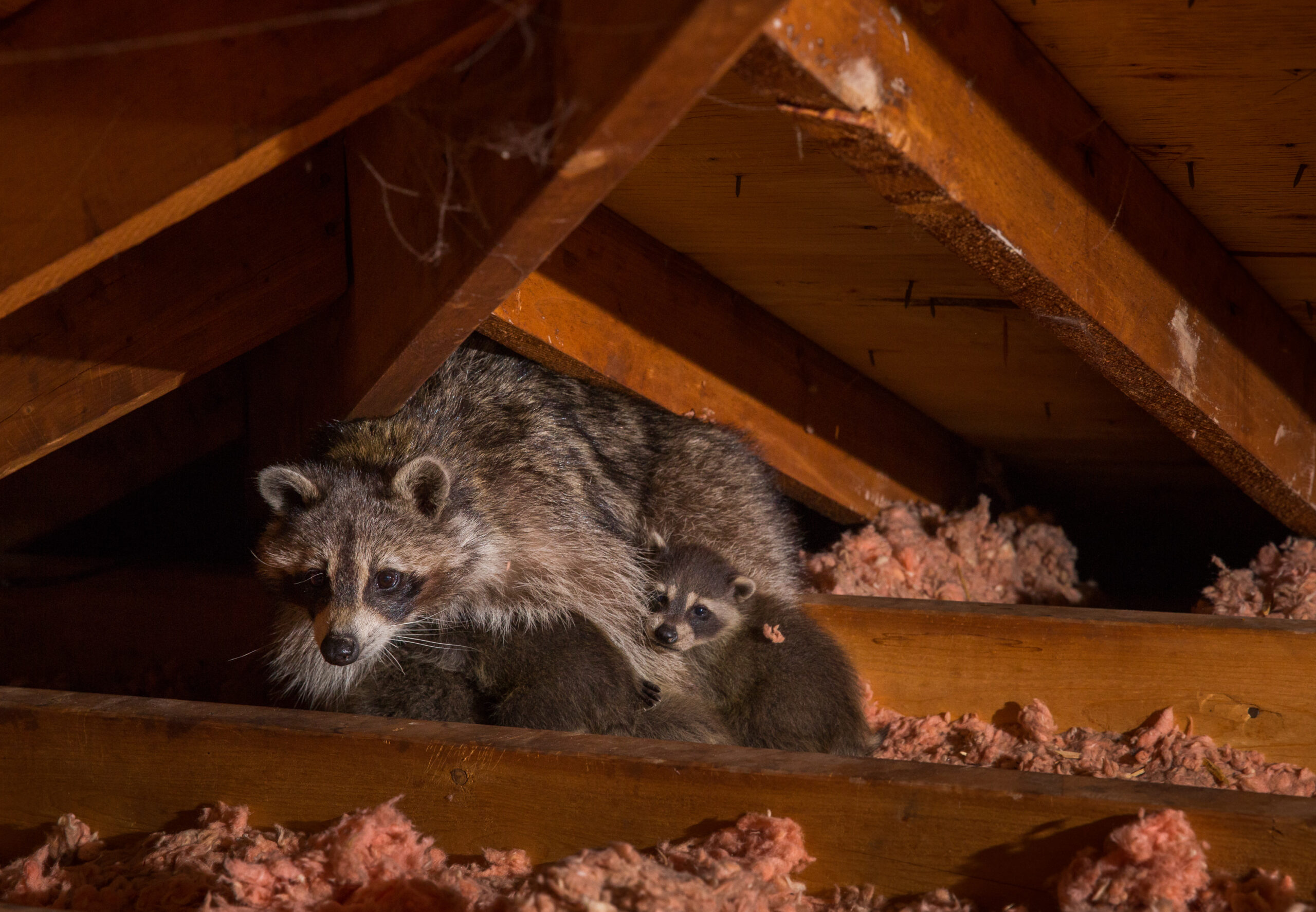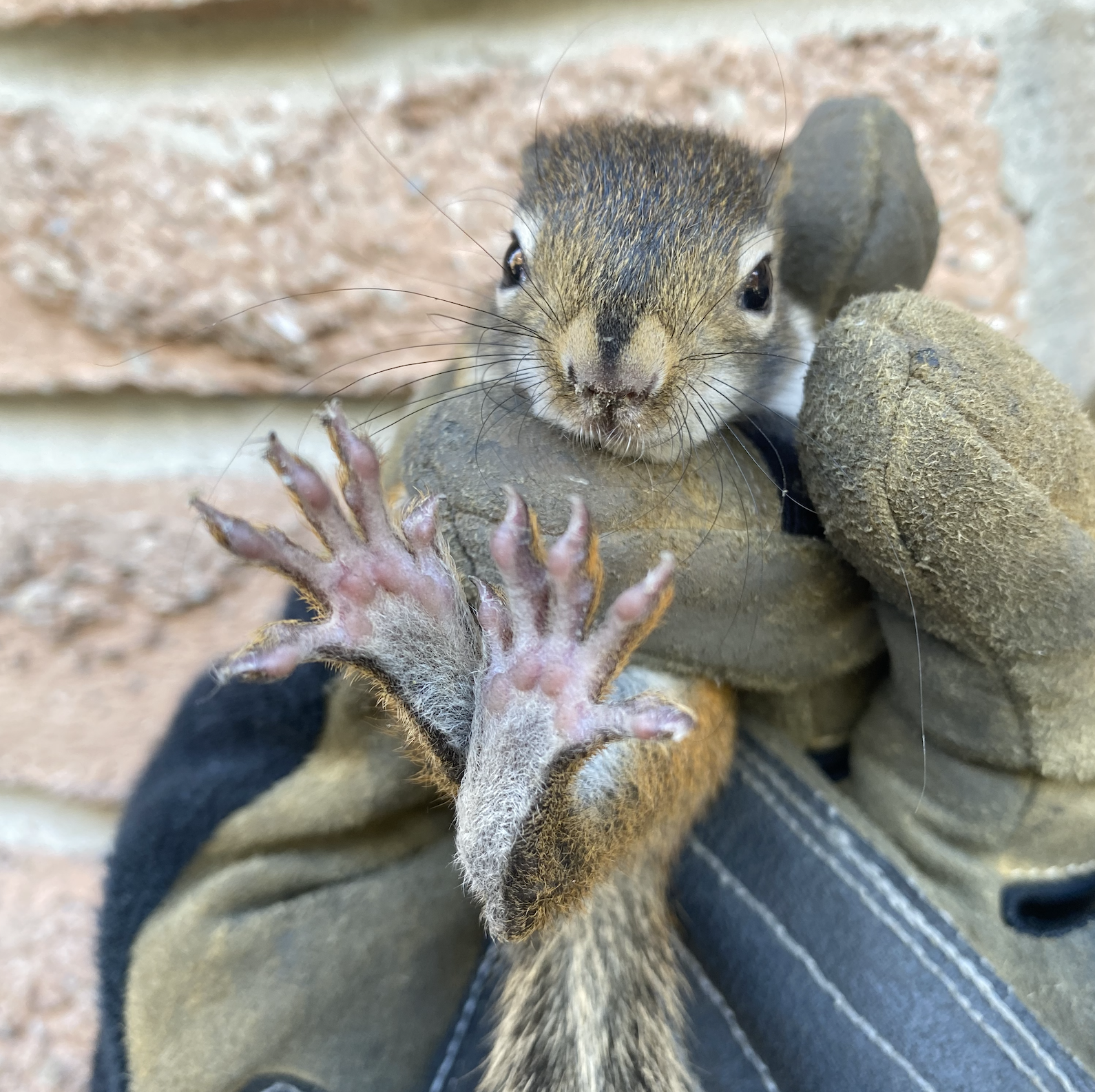
Squirrel-Proofing Your Attic Before Winter: Essential Tips for Pest Prevention in Vancouver
As the seasons change in Vancouver, warm-blooded mammals in the wild will begin to look for a warm place to hibernate and store their food. Trees in the forest may not be enough for these critters. The next best thing they could not pass off on could be your attic.


